Sycamore care and growing guide: how to grow these large deciduous trees
Statuesque sycamore trees are tough, shade tolerant and versatile choices for the modern landscape, coping well with pollution and carbon capture

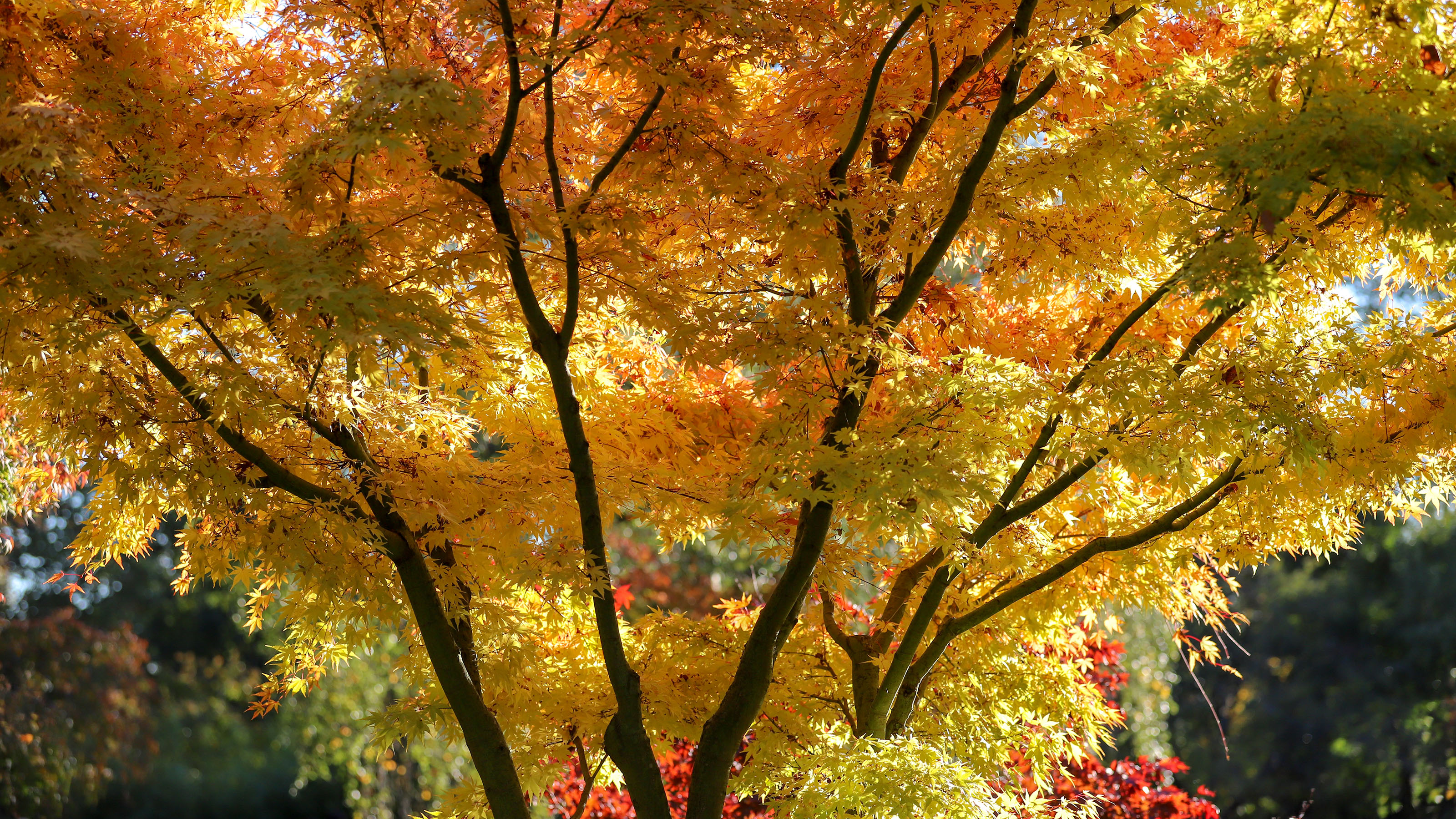
Acer pseudoplatanus, also known as the sycamore maple or plain sycamore in the UK, is a tree that’s often known more for its negative qualities than its positive – large, fast growing and prone to sticky honeydew from the aphids that like to colonize it.
You’re more likely to be thinking about pulling up young sycamore seedlings if you have a tree nearby, as they self-seed so readily. They are classed as invasive in some areas of North America. Certainly, if you want to plant one, you will need a generous plot of land to accommodate its eventual height and spread.
However, these trees are worth a second thought for their resilience and tolerance of most tricky growing situations – poor soil, windy and coastal locations. They produce unusual catkin like flowers in spring, and signature winged fruits in fall.
And they make excellent trees for parks and streets. There are also several worthwhile cultivars that are useful and attractive tree choices for smaller garden spaces.
In botanical terms, Acer pseudoplatanus is a deciduous fast growing tree, that comes under the soapberry and lychee family Sapindaceae. It’s native to large parts of central Europe and Western Asia.
In the US it has established itself through much of North America, although it is less successful in the southern States. According to experts at the North Carolina State University, it makes a good a shade tree and is planted along the east coast because it tolerates sea salt.

Sycamore trees: key facts
- Plant type: Deciduous tree
- Mature size: 115ft (35m)
- Soil type: Any soil
- Soil PH: Any pH
- Time of year to plant: Fall/winter for bare-root specimens
- Flowering time of year: Spring/early summer
- Flower color: Pale greenish pink
- Hardiness zones: USDA 7
- Scientific name: Acer pseudoplatanus
- Common name: Sycamore maple
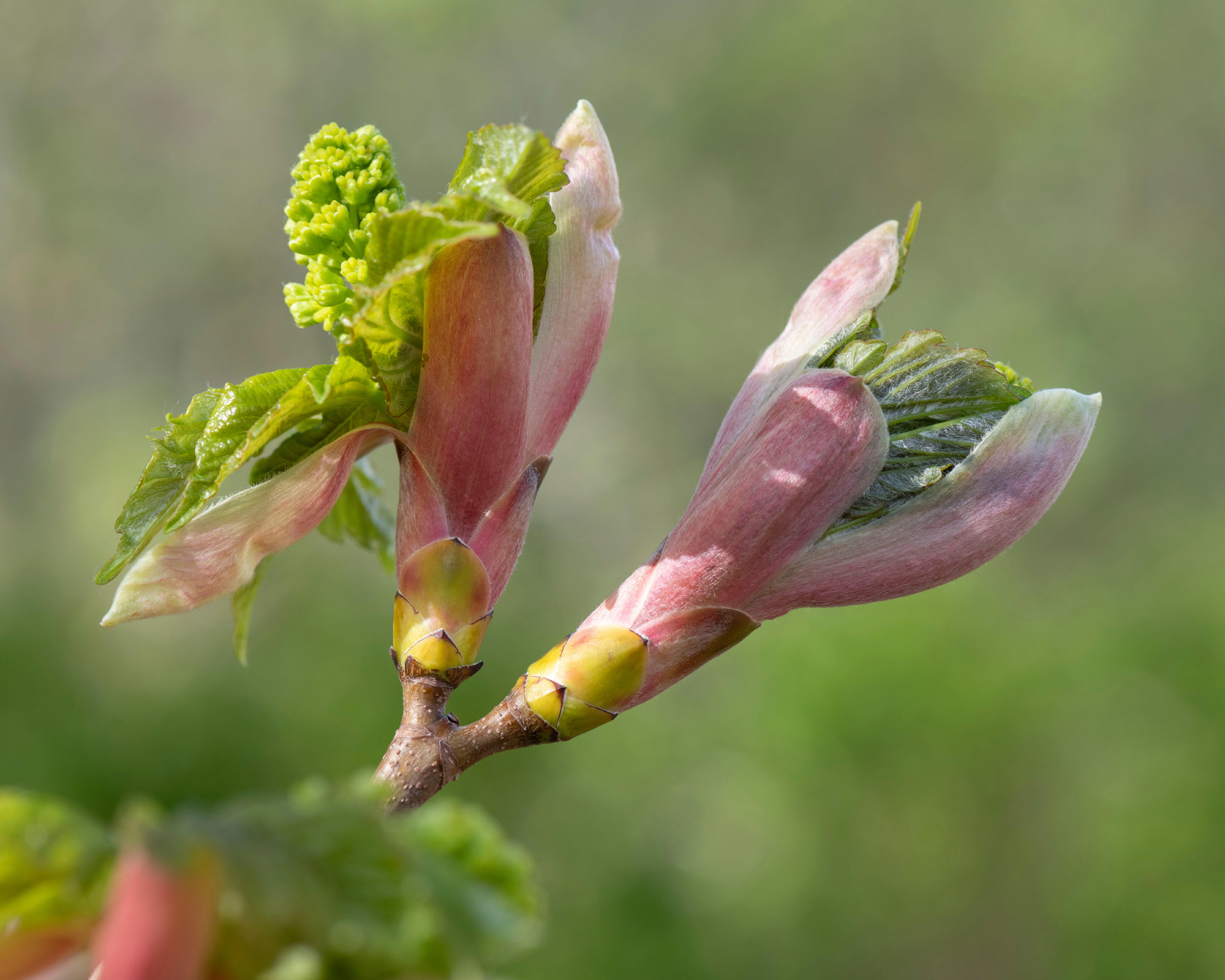
Different types of sycamore trees
There are clones of Acer pseudoplatanus available, namely the uniformly shaped Negenia and Bruchem that are popular street tree selections, as well as large backyard trees, which look good planted as avenues.
These smaller cultivars offer a greater choice to the home gardener for their size and foliage color.
- Spaethii: with dark wine-colored undersides to the leaves, this puts on a great foliage display through the summer and into autumn. It grows to 72ft (22m).
- Leopoldii: with its bright, splattered variegation it's described by the experts at Barcham Trees as being ‘stunning in the period from spring to early summer when the contrast of the foliage is the most striking.’ This is a large cultivar, growing to 72ft (22m).
- Atropurpureum: has dark leaves, that are deep purple red on the underside and they turn into orangey-red trees for fall color in autumn. Growing to a full height of 82ft (25m) it’s best planted in parkland.
- Brilliantissimum: also has very ornamental foliage with new leaves appearing bright pink and turning through to green in the summer. This is also a variety of tree for small gardens as this cultivar grows to 20ft (6m).
- 'Esk Sunset' (available at Nature Hills): has spring foliage emerging orange-pink and maturing to deep green, with variegations in cream and pink. This is a dwarf cultivar growing to only 15ft (4.5m).
- Prinz Handjery: is a great compact sycamore maple, suitable for very small gardens, growing to 9ft (3m). It’s similar to ‘Brilliantissimum’, with pinkish spring foliage turning green through the summer, and has a good standard lollipop form.
- Simon-louis Freres: is a small, variegated version, with pale gold and green flecked leaves. The young leaves start out salmon pink with red variegation, that changes over the summer and in fall, becomes gold and bronze. Growing to 16ft (5m) when mature.
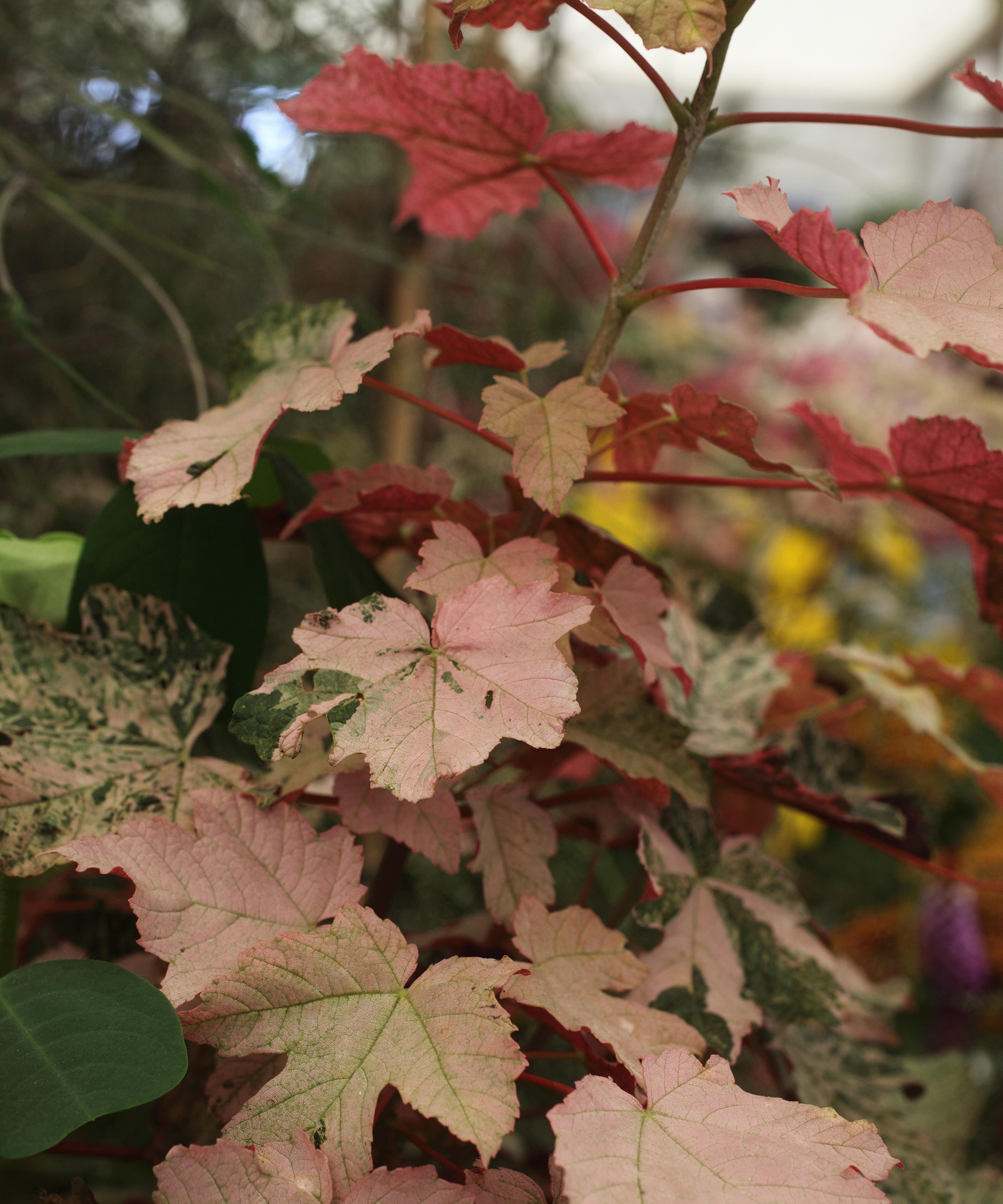
How to use sycamores in your yard
Due to their tough habit and tolerance of pollution, high winds, coastal zones and most soil types, and being useful trees for shade, you might find that you already have a sycamore maple growing in your yard as they are great colonizers.
But this is a tree that would outgrow the average garden very quickly. You’re more likely to consider them for large gardens or landscapes in exposed areas where they can be planted as a wind break.
The experts at Barcham Trees suggest: 'There is only one cultivar stocked at Barcham which remains smaller, which is the Acer pseudoplatanus ‘Brilliantissimum’. Unlike other sycamores, this is a slow burner, much less vigorous, it takes longer to offer great visual impact.'
'However its unusual pinkish young leaf hardening towards a yellow-green does offer plenty of interest. Sycamores are very easy to grow low maintenance trees, which require little care once established.'
There are wildlife benefits to the sycamore maple, as birds, hoverflies and ladybirds will feed on the aphids that are drawn to it. When they become flowering trees in spring, they provide a good source of pollen and nectar for bees and other insects.
There are a number of moths that use the leaves as their food source, including the sycamore moth, plumed prominent and maple prominent. While the winged seeds are eaten by birds and small mammals.
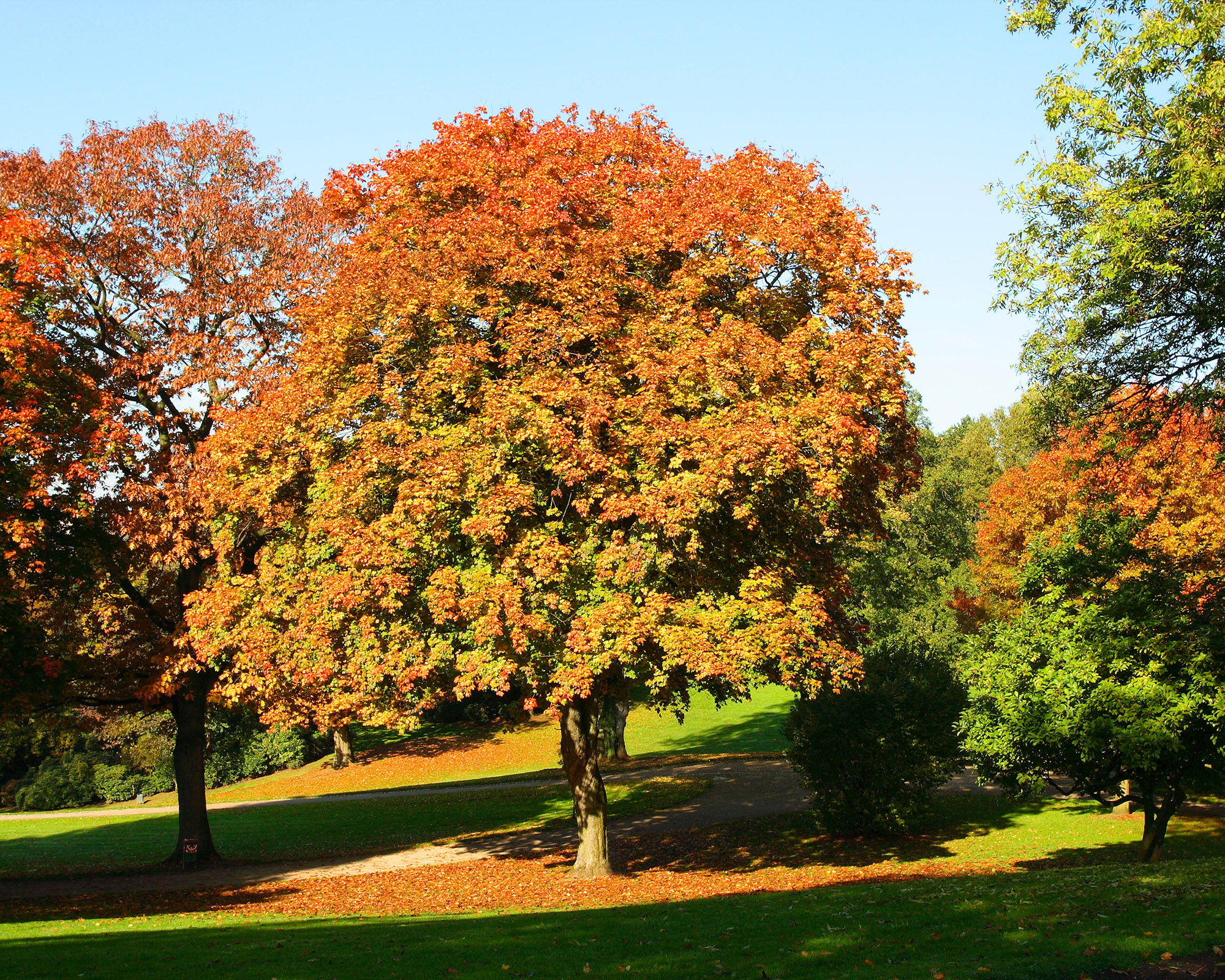
When, where and how to plant Acer pseudoplatanus
If you have a garden near where horses graze, bear this in mind when choosing a tree for your garden, as it’s not recommended to plant sycamores, as the foliage and fruits are poisonous to them.
Otherwise, depending on the size of cultivar you choose, make sure the tree doesn’t outgrow its planting spot too quickly as these are fast growers.
Most trees are best planted through the fall months to allow them to establish a root system before the ground freezes. Otherwise wait until spring.
Always dig a generous hole, larger than the pot size your tree arrives in, adding a spadeful of organic matter to get it off to a good start. You could also move a tree that has started growing, by digging up young seedlings to grow them on easily.
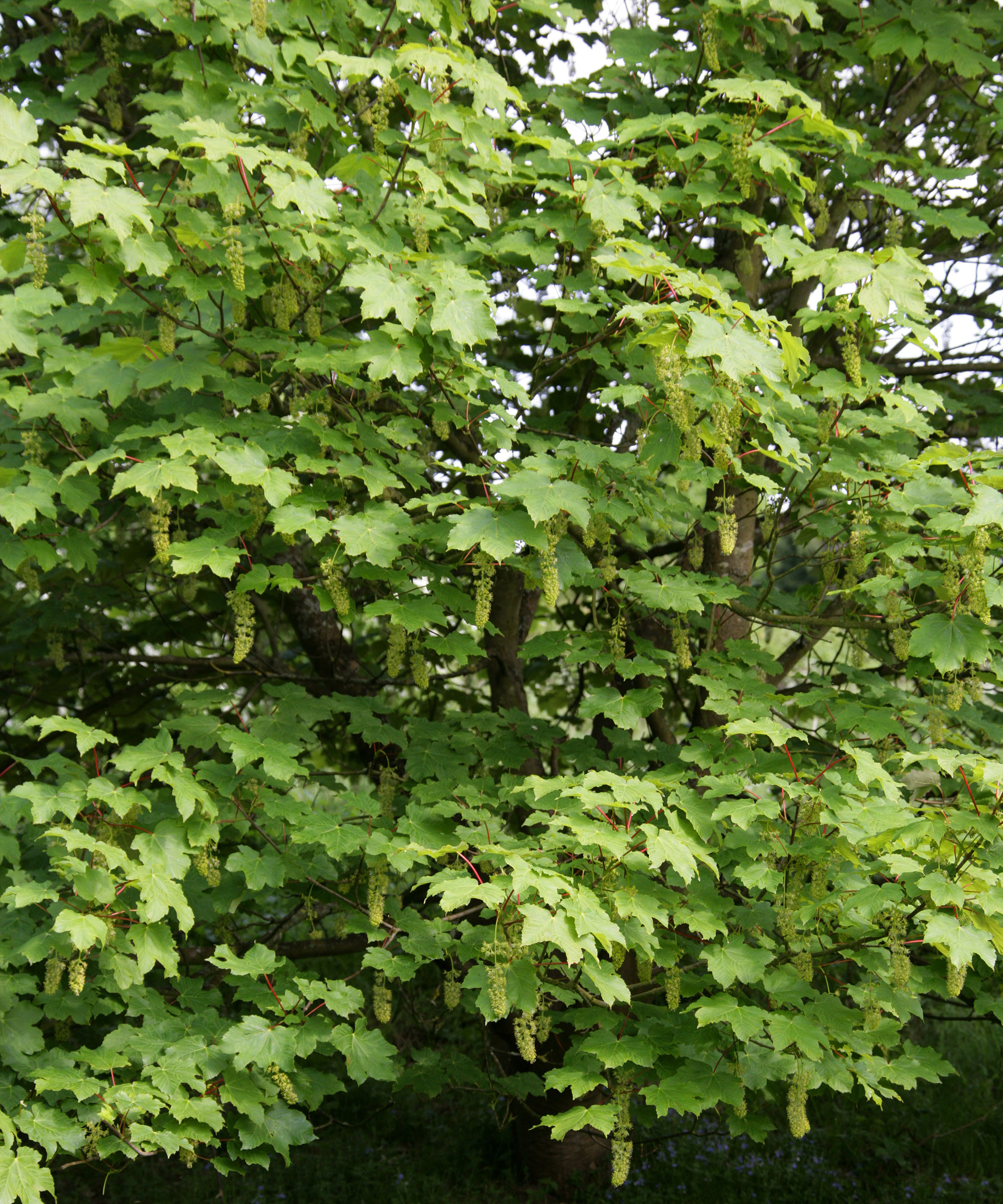
How to make more sycamores
Sycamores are pollinated by wind and insects and produce very distinctive winged fruits. These winged ‘nuts’ are also known as keys or samaras. They travel well and are often a favorite plaything for children as they try to make them twirl in the fall air like helicopters.
Rather than needing to plant bare root trees, sycamore maples will self-seed easily and you are more likely to find yourself weeding them out of your flowerbeds if you have a nearby mature sycamore. If you want to grow them on, young seedlings should transplant successfully.
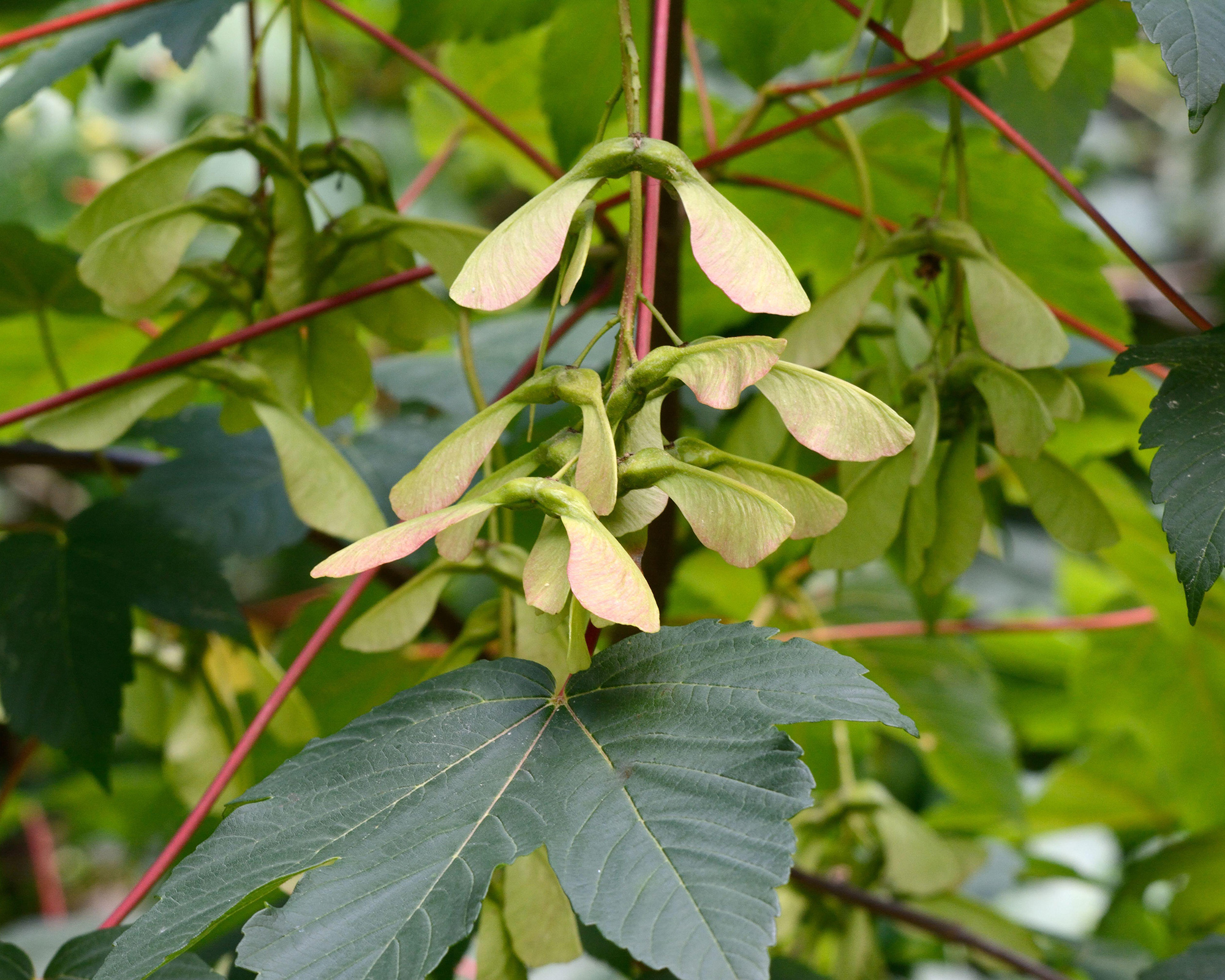
Common problems with sycamore
The most common complaint about Acer pseudoplatanus is that it’s sticky. This means you might need to learn how to get rid of aphids, that produce honeydew, which is unpleasant and can lead to sooty mold on foliage.
Sycamore can also be affected by sooty bark, which is more serious, leading to wilting and death. If you see fluffy spots on the bark, this can be a sign of horse chestnut scale.
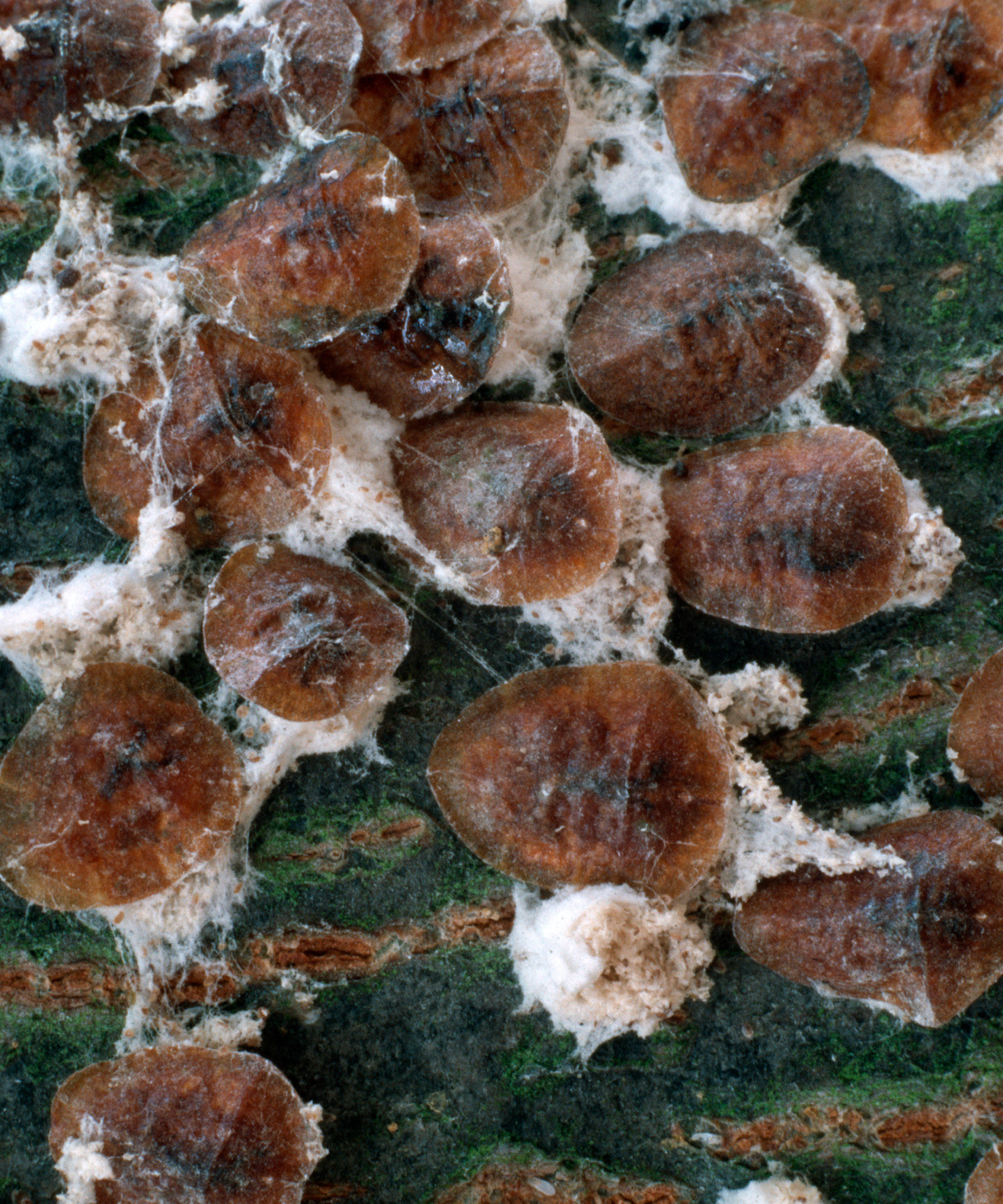
How tall does a sycamore maple grow?
These are fast growing, very large trees with a long lifespan. In its first 20 years, a sycamore maple can grow to over 65ft (20m) – and it’s not uncommon for them to live up to 400 years. The maximum height it will reach is approximately 115ft (35m).
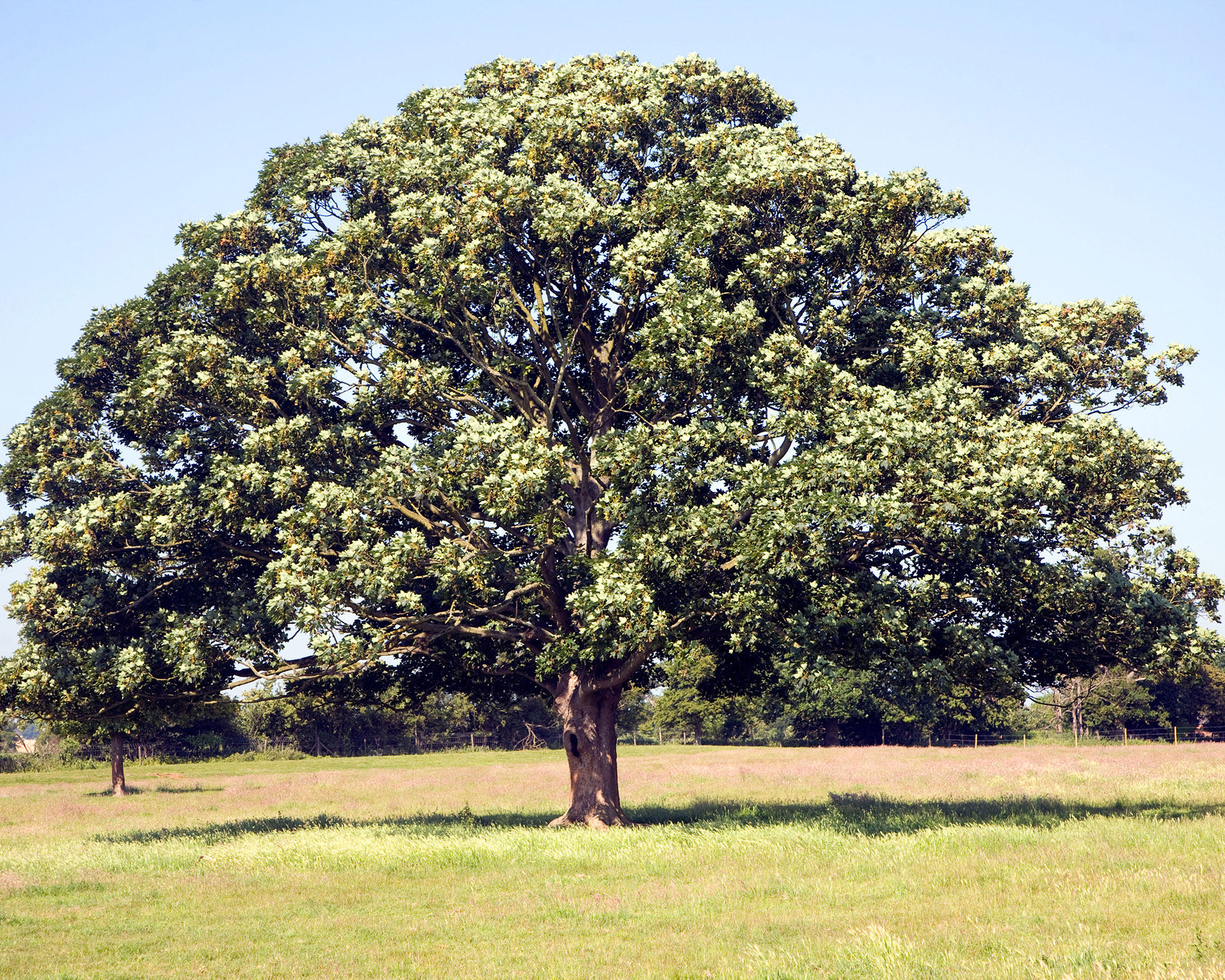
Where is the best place to plant a sycamore tree?
Most sycamore varieties are best for parkland planting, where there is plenty of space. Only consider the smaller varieties for your home and as trees for front yards. Otherwise, in terms of soil and location requirements, sycamores will tolerate most sites.
Is a sycamore the same as a maple?
Also known as the sycamore maple, Acer pseudoplatanus is not the same as a maple or a Japanese maple and is distinct from the field maple (Acer campestre) and Norway maple (Acer platanoides). It has differently shaped leaves and slightly narrower seeds.
It’s also not to be confused with the similarly large American sycamore, Platanus occidentalis, that is native to eastern North America.
Where to buy Sycamore maples
Shop sycamore maples in the US:
Shop sycamore maples in the UK:

In her years of gardening, Camilla has designed planting schemes for gardens large and small in and around London, written about plants and how to grow them, and worked on BBC gardening TV shows. She's passionate about sharing tips, advice and the joy of plants in this great community of gardeners that we’re all part of, and she now also works as a therapeutic horticulturist, teaching growing for wellbeing and mental health. Her unfulfilled ambition is to crack the ultimate dog-friendly garden - she thinks getting it right depends more on the dog than the plants...
